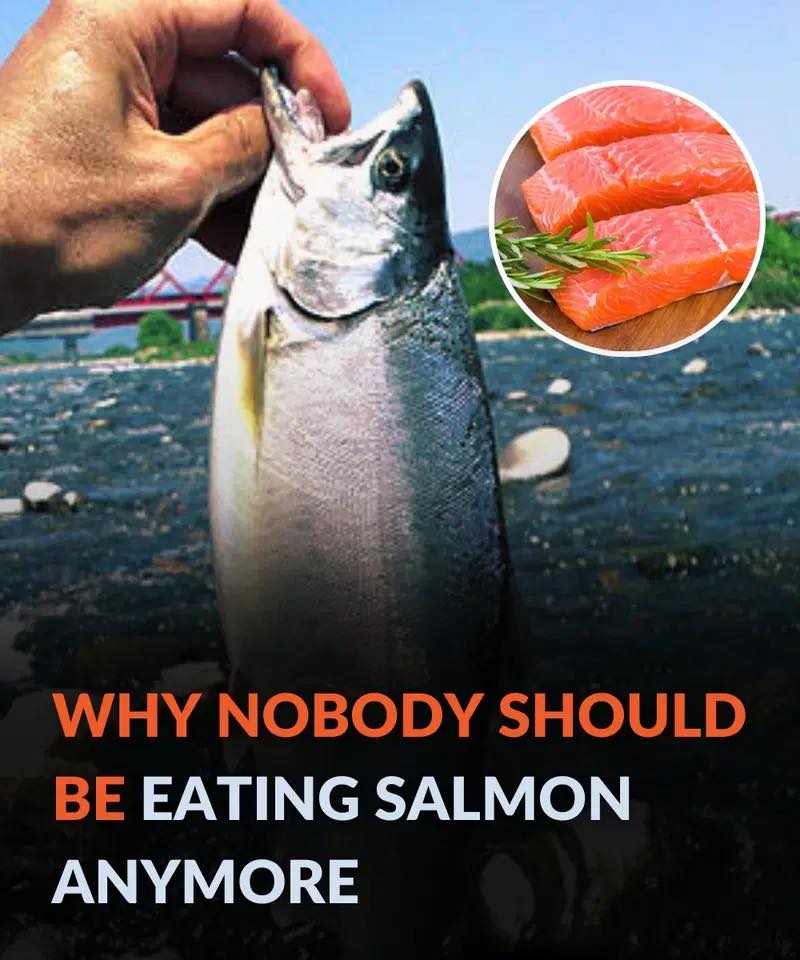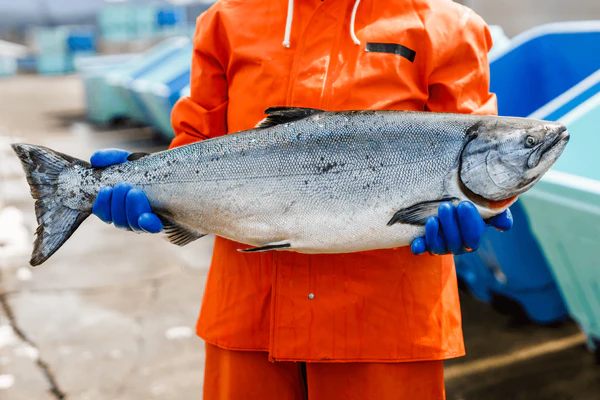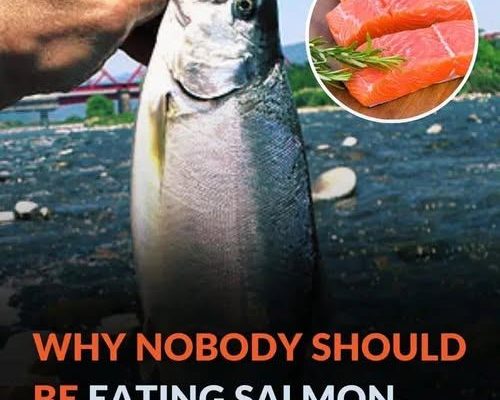
Salmon has earned a reputation as one of the healthiest fish you can eat—loaded with omega-3 fatty acids, protein, and vital nutrients. But before you add that salmon fillet to your dinner plans, there’s a less talked-about side to this so-called superfood.
Is salmon really as beneficial as it’s made out to be? The answer might surprise you. Let’s take a closer look.
What Makes Salmon So Appealing?
Salmon is a unique fish that migrates between freshwater and saltwater. It’s praised for being a nutritional goldmine, rich in protein, omega-3s, vitamins D and B12, and important minerals like selenium—supporting both heart health and cognitive function.
But here’s the catch: not every piece of salmon is created equal.
Wild vs. Farmed Salmon: What You Need to Know
While wild salmon continues to shine in terms of nutrition, farmed salmon carries with it a list of potential health risks. Here’s a breakdown:

1. Toxic Contaminants
Sure, salmon has health benefits—but it can also be a carrier of harmful substances. Farm-raised salmon may contain toxic elements like mercury, cadmium, and lead. On top of that, they often harbor PCBs (polychlorinated biphenyls), chemicals associated with cancer, neurological problems, and immune system damage.
So if farmed salmon is a regular part of your meals, you might be unintentionally exposing your body to dangerous pollutants.
2. Is That Color Even Real?
Noticed how some salmon filets look unusually vibrant? Farm-raised salmon are frequently given synthetic color additives to replicate the natural hue of wild salmon. The twist? Certain additives have been linked to allergies, metabolism disruptions, and even cancer.
Bottom line: if your salmon has an overly bright or unnatural color, it might be artificially enhanced.
3. Parasites and Sea Lice—Yes, Really
The concerns don’t stop at toxins. Farmed salmon can be infested with parasites like sea lice—tiny organisms that attach to the fish’s skin and gills, causing tissue damage.And here’s the unsettling part: if not properly handled or cooked, these parasites can be ingested by humans. Sea lice can trigger digestive issues, allergic reactions, and other unpleasant symptoms.
Even worse, some salmon can carry Anisakis—a parasite that can lead to severe stomach pain, diarrhea, and nausea if consumed. Definitely not something you want on your plate.

How to Enjoy Salmon Safely
Don’t give up on salmon just yet—there are ways to include it in your diet without the risks:
• Be Selective: Opt for wild-caught or sustainably sourced salmon from trusted suppliers. If it looks too flawless or unnaturally pink, it’s worth a second thought.
• Practice Moderation: Enjoying salmon 2–3 times per week is a good balance to reap the benefits without taking in too many toxins.
• Cook Thoroughly: Cooking your salmon—rather than eating it raw—helps kill off parasites and reduces the chance of foodborne illness.
• Get Expert Advice: If you have dietary restrictions or health concerns, speak with a healthcare provider or dietitian to determine what’s safe for you.

Think Twice About Your Salmon Routine
Salmon may be a nutritious and flavorful choice, but the hidden issues—from chemical exposure and synthetic dyes to parasite risks—are reasons to pause before making it a staple in your diet.
So next time you’re about to pick up that salmon fillet, consider where it came from, how it was raised, and how often you’re eating it. Making smarter choices now might do your health a favor in the long run.
